Innovative technology, core business focus, robust service network and global operations to propel future growth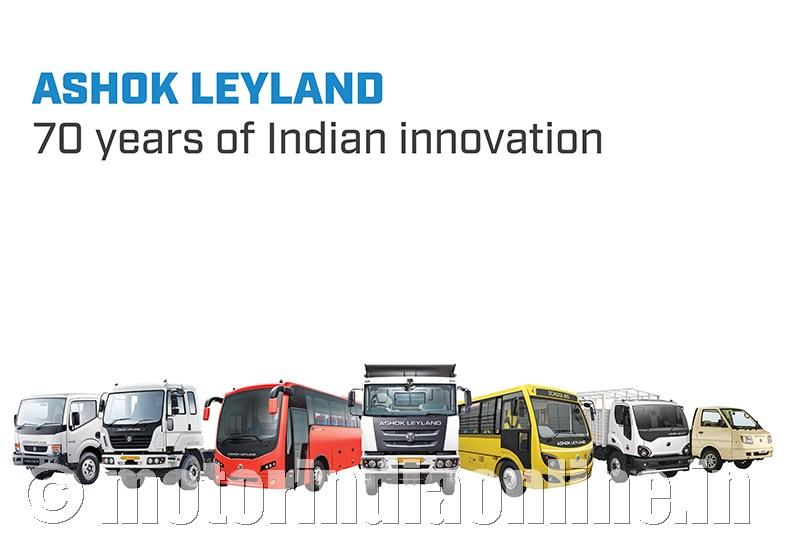
The scene is inside a highway Dhaba with its characteristic hustle and bustle typically encountered in rural India. Three persons – the truck driver, fleet owner and the mechanic – at the table are seen debating as to who is the main link in the transport chain to lay his hands on the full glass of lassi served, along with two others only half full. At this juncture, a suave young man walks in, introduces himself as the truck manufacturer’s representative out to support all of them in their professional steps with the range of trucks, thus establishing an instant connect with them.
He then pours the lassi equally in four glasses, shares it with them and together they walk out with hands over each other’s shoulders reflecting camaraderie. The backdrop voice then signs off with the slogan ‘Aapki Jeet. Hamari Jeet.’ (Your victory is our victory)” – that was the much acclaimed video advertisement released by Ashok Leyland Ltd. (AL) in 2012.
The young representative in the cited advertisement was none other than the cricketing idol M.S. Dhoni, acting as the brand ambassador for AL. The distinct message to the target audience was well received and went on to shaping the new image for the company in the perception of domain players.
The marketing thrust by AL oft considered a conservative company with its major focus on south India led to the discussions whether the move for a new growth phase was for real. Well, in hindsight it was definitely a watershed moment for the company, and AL with a series of aggressive strategies, plans and ground level actions has moved over to a higher orbit. The proof of the pudding is in the eating, and as a testimony today they are placed at the 4th and 12th positions globally as the largest bus and truck manufacturer respectively in the M&HCV range.
The company is celebrating its 70th year of operations and we took this opportunity to meet various senior executives to get their viewpoints of the glorious journey so far and that down the timeline ahead. Read on for their interesting and erudite observations.
Historic past – glorious journey
The sustained robust growth of the CV sector is one of the important indicators to gauge the buoyancy of a country’s GDP. The segment plays an important role in movement of people and goods and aids the wheels of the economy roll forward. The industry, despite being cyclical in nature, has made commendable progress over a period of time, and Ashok Leyland Ltd. has been one of the major players in the sector to contribute for the growth story.
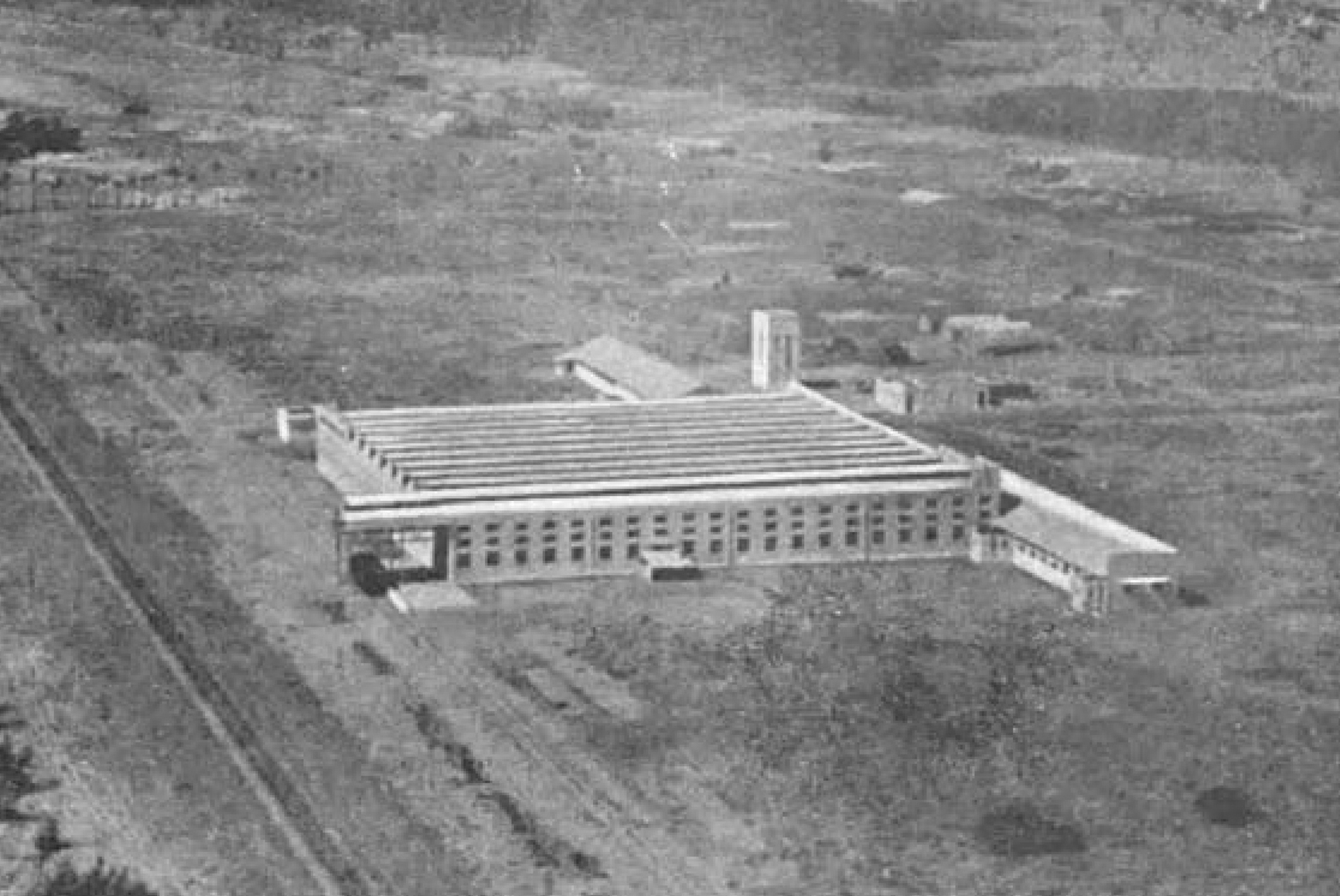
After AL came into existence in 1955, a total of 1,000 chassis were rolled out in the first year from its Ennore plant. Since then the company has made impressive strides over the ensuing decades. It has achieved the feat of being the world’s largest supplier of Defence logistics vehicles, apart from being one of the leading global players in M&HCV buses and trucks.
The company has recorded many ‘industry firsts’ in the local terrain like the double-decker bus in 1967, rear engine bus in 1978, 37 ton haulage truck in 2012 and more recently the electric bus and rollover compliant school bus in 2016 (refer to the annexure for more details). The strong demand led to AL establishing more manufacturing units over a period of time.
Starting with Ennore and later Hosur in Tamil Nadu plants came up in different parts of India, viz., Bhandara in Maharashtra, Alwar in Rajasthan and the latest and modern plant at Pantnagar in Uttarakhand, a winner of the prestigious Deming Prize, the highest award for TQM in the world. To address the cyclicality, the company has given a special thrust to the exports route and its RAK plant in the UAE now addresses the needs in the Gulf region.
The company also relocated its international operations headquarters to Dubai, to attend with ease to the market demands opening up in GCC, Africa and CIS, apart from the SAARC region.
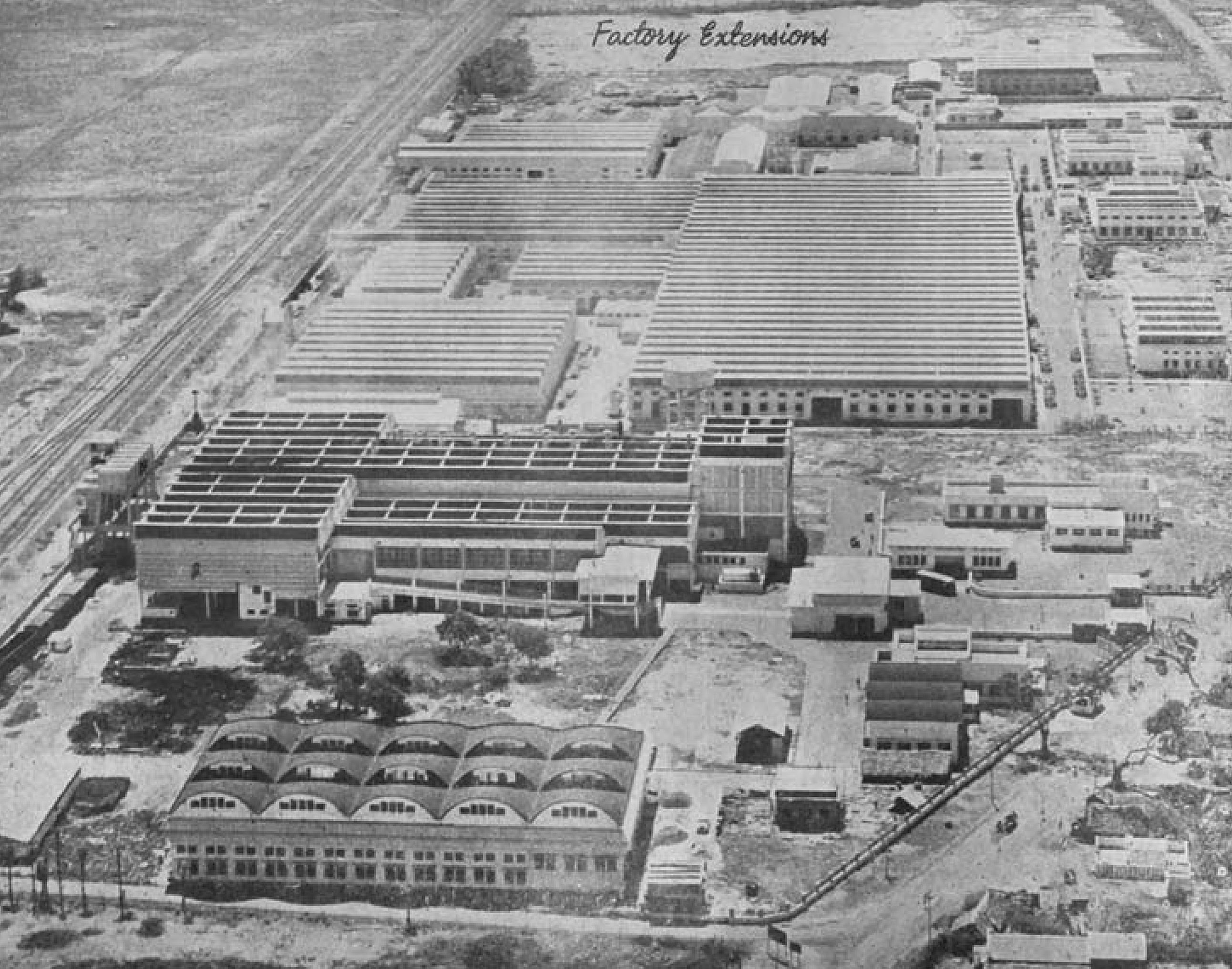
Looking back at the early part of this decade, the period 2011-14 proved to be one of the most turbulent phases to have hit the CV industry. After the peak in FY12, the market took a tailspin from 2012 and the prolonged slump resulted in panic mode setting in the segment. All the companies went on a cost-cutting spree and it was indeed a severe test of resilience for both the global CV majors new to the Indian terrain and the established players.
Mr. Vinod K. Dasari, CEO and MD, recalls: “The market collapsed like never before, and we had accumulated huge debts. To overcome the onerous phase, we leveraged the pride factor of the employees and enabled the people willing to fight to move on to the battlefield. Many of the analogies from the inspirational book ‘Art of War’ by Sun Tzu were adopted as strategies to win over market and operational challenges. I believe in telling the people what to do and not tell them how to do it; and they will use their ingenuity to surprise you and solve the problems.”
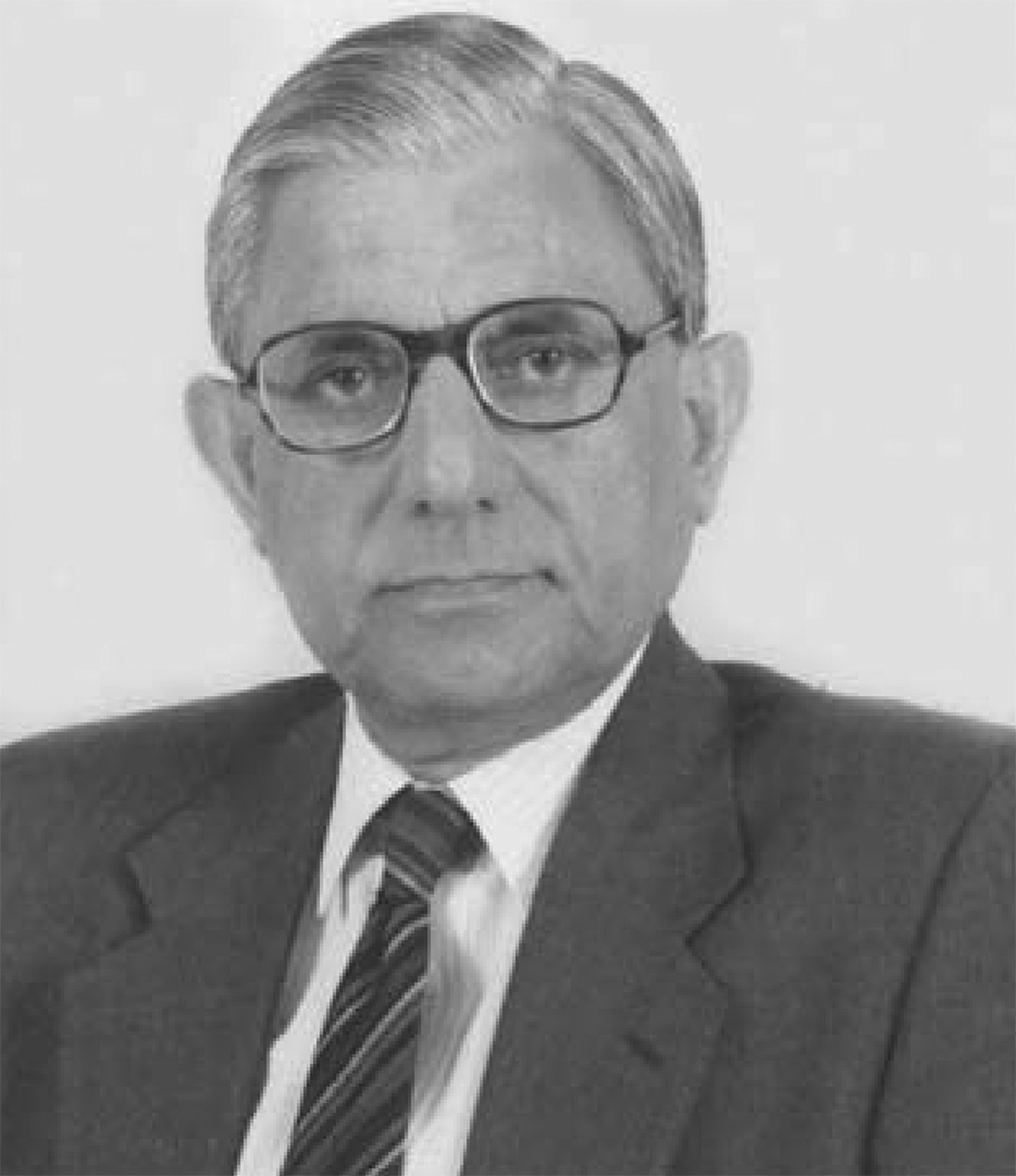
Besides cutting down the costs AL also invested in various resources to sustain a long-term growth. Many products were launched during this period, one being the LCV Dost in association with Nissan – the segment glaringly missing till then in AL’s portfolio. The AL-Nissan joint venture did not go as per plans, and after the exit of Nissan, AL went to leverage the technology and its in-house innovation to move ahead. DOST has thus become one of the successful products launched in the portfolio.
Disruptive present – new opportunities
The CV industry started looking up from 2015 and then came the chain of disruptions in the form of regulations starting from early 2017. The first was the BS-IV and then the GST. The CV players weathered the regulation retarders during most of 2017 and then stabilised.
With the lessons learnt in the BS-IV transition, they started working at a frenetic pace for the next regulation challenge of BS-VI by April 2020. During this time came the Government announcement of moving towards ‘all electric by 2030’, and then came the axle norm revision in July 2018, leaving the domain players gasping for breath.
“We already have BS-VI and EV projects going on in full swing. In BS-VI we are attempting to reach the level from BS-IV in 3 years and no one has done it in the past. While we are at it, the directive from the Government comes that we should plan to go electric. There are also the discussions on promoting the methanol and ethanol routes, and then comes the axle load norm. In the interest of the nation, it’s important for various stakeholders like component suppliers, OEMs, NGOs, fleet operators, etc., to discuss the matter jointly with the Government agency, come to a conclusion within a fixed time frame about the requirements, and then we would like the Government to freeze the same so that we can attend to our work,” comments Mr. Dasari regarding the developments.
The benefits of BS-VI, a move towards electric and revision of axle load norms, can’t be overemphasized, for the same are bound to put Indian OEMs on par with global players vis-à-vis the technology and pollution norms. The disappointment of the CV players has been about the timing, announcing it at a later date, possibly coinciding with BS-VI deadline, would have enabled them deploy their finite resources on the challenges sequentially rather than taking all of them parallely. The need of the hour is indeed a clear roadmap, and no surprises during the work in process.
Promising future – expanding markets
To compete with CV behemoths on the global arena, it’s imperative that the Indian trucks have to match the stringent quality and performance norms and yet remain competitive. “Our trucks are on par with trucks manufactured anywhere in the developed countries. It is cheaper because it’s made in India, but the fit and finish need to improve to catch up. This means investment in fine finish tooling, and this will happen first in the bus segment, and much later in the trucking class. As regards local market, space frame design will become popular in the bus segment, and this means there will be significant shift of body building from the unorganized sector and coming under OEM’s responsibility – monocoque body design is complex and the body builders will not be able to handle it without the OEM’s active role in it,” opines Dr. Seshu Bhagavathula, Chief Technology Officer, AL Technical Centre.
Diesel has become a dirty word almost overnight, and the electric vehicle touted as the future of mobility in every forum worldwide, especially with pollution and sustainability aspects, coming to the fore. Hence it comes as no surprise that the Government in office is giving an active thrust to the above and according financial subsidies for the switchover. The CV players have also understood the global trend, and sensing the golden opportunity for India to join the race, stay abreast and also lead are going hammer and tongs in this direction.
Hybrid has been bypassed like BS-V and the focus is entirely on electric. The first phase of the electric route in the CV sector is going to be intra-city buses, and AL has tied up with Sun mobility systems for the battery swapping route.
Mr. Karthick Athmanathan, Head – EV & eMobility Solutions, AL, commenting on the evolving scenario in the EV space, says: “Tech evaluation of the possibilities will be over by March to April next year, followed by business evaluation in the following 4 to 5 months. Right now we are not in a hurry as volumes are far off and want the technology to mature. We will then carefully assess the various topologies, options and motors & batteries and take a call. A robust decision is more important than a quick decision. Buses in China move batteries rather than the passengers. An 18 ton GVW EV bus therein has 3.5 ton batteries while in the same AL will have only 600 kg batteries. We drive technology for energy density and energy management strategy like swap; and new chemistries for reduce weight. AL’s approach to this has been aggressive with phenomenal width and depth in terms of resourcing and investments and very different as compared to other players in the CV segment.”
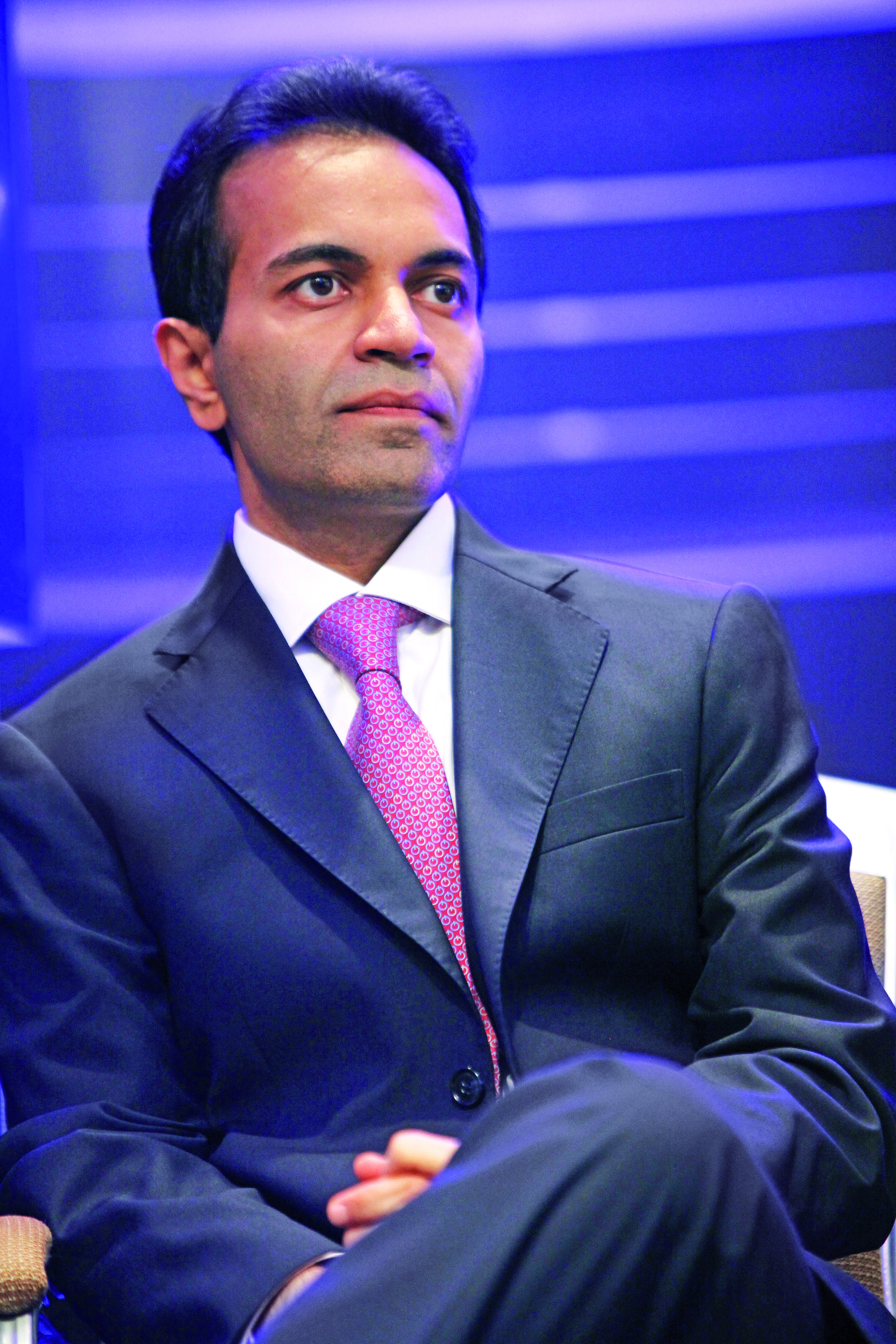
“Our vision is to be among the global top 10 in M&HCV trucks and global top 5 in buses in volume terms.
– Mr. Dheeraj Hinduja
AL has amply demonstrated through its various initiatives its aspiration to becoming a leading player both in the local and overseas domains. It has also taken the requisite steps to address the challenges on the ICE front through recent market introductions like world’s first iEGR technology for BS-IV norm and ‘Innoline’ BS-IV engine driven by an lnline fuel pump, besides getting ready for the electric future. Hence it should come as no surprise if the CV pioneer steps up the pace to establish new benchmarks and continues the illustrious journey well into the decades ahead.